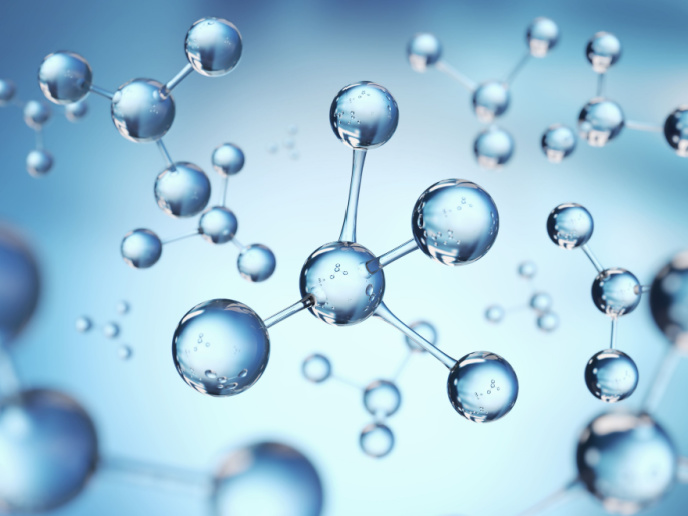Research probes how confinement determines the behaviour of soft matter
Confinement of matter in small spaces plays a crucial role in living organisms, where important processes occur inside organelles surrounded by membranes, or on these membranes. The space available to particles is also restricted when they are adsorbed on a surface or confined inside porous rocks or sponges, where the slit-shaped, cylindrical or network-like pores have sizes ranging from the nano- to micro-metre scale. “Virus capsids are another example of confinement below the 100 nm scale. Proteins self-assemble to form a capsid hosting a DNA or RNA strand. In material science, assembled particles in a confined space are leveraged to produce new materials with unusual properties (metamaterials),” notes project coordinator Alina Ciach. Inspired by the key role of confinement in nature, the EU-funded CONIN project investigated how different types of confinement enhance or suppress spontaneously occurring patterns on different length scales and how these can be leveraged in modern technologies. The research was funded by the Marie Skłodowska-Curie Actions programme.
Intriguing phenomena arising from confinement of self-assembled particles
Adsorption changes the surface properties. “Adsorption of charged particles that attract each other at short distances by solvent-mediated forces can be suppressed by their long-range electrostatic repulsion. As a result, clusters of adsorbed particles separated by empty regions form ‘a lace’ with a hexagonal or stripped pattern. Addition of a second type of particles with properly tuned interactions leads to the formation of a thick, patterned layer of particles, covering the surface like a two-colour thick blanket,” explains Ciach. The project team revealed that different chemistry, size and shape of confining walls can destroy, enhance or modify the spontaneously formed patterns of particles, clusters and ions, or induce completely new patterns. They observed the same patterns by properly scaling the cluster size in various systems (globular proteins, nanoparticles or colloid particles). Therefore, the results in one model serve as input for predicting the corresponding properties of different systems. Particularly surprising confinement phenomena occur when the particles self-assemble into cylindrical clusters (columns). “These columns are flexible, behaving like flexible ropes (or boiled spaghetti) that are packed in a way depending on the shape and size of the confining vessel. Inside cylinders, our ‘spaghetti’ forms spirals,” remarks Ciach.
How confined ions could boost storage capacity
The confined movement of ionic liquids and electrolytes determines the performance of energy storage devices. Porous electrodes are favourable for use in capacitors, as the capacity increases with increasing surface area. “However, co-ions in very thin pores are blocked by the adsorbed counter-ions, slowing down the charging dynamics significantly. Using computer simulations, we investigated how to speed up charging dynamics by judiciously choosing the charging protocol. We also sought to increase the energy and charge stored in mesopores by mixing the ionic liquid with a neutral solvent and by choosing proper ionophilic/ionophobic electrodes,” says Ciach. In slit-shaped capacitors with ionophilic walls, the ionisation/de-ionisation transitions taking place when changing the voltage or temperature are accompanied by jumps in the stored energy. These variations can be leveraged in heat-to-electricity conversion applications. The team also revealed a correlation between the ability to store energy and ion ordering inside an uncharged ultranarrow pore. They proved that ordered ionic structures shift the charging process to higher voltages, thereby enhancing energy density. The stated project results are just a small part of what CONIN has achieved. All results have been published in many peer-reviewed journals.
Keywords
CONIN, confinement, energy storage, pattern formation, adsorption, ionic liquid, self-assembled particles



